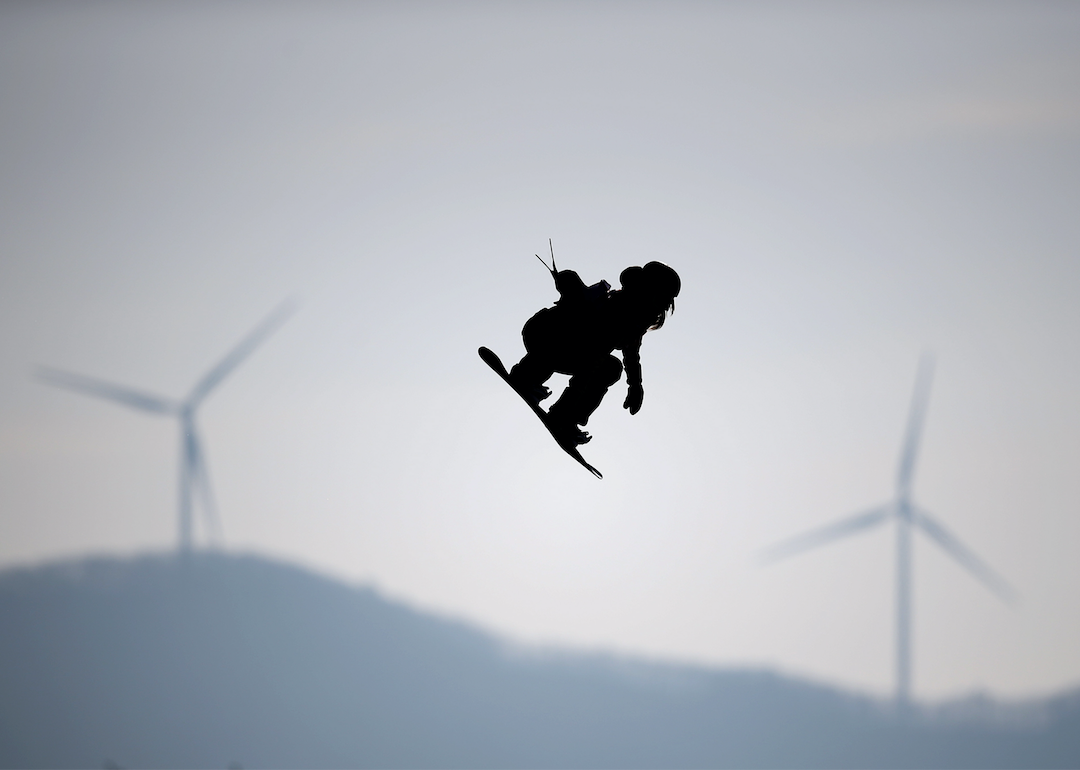
15 ways climate change has impacted winter sports
15 ways climate change has impacted winter sports
Climate change has made winters in the United States warmer on average. Not only are temperatures higher overall, but there are fewer days below freezing as well as fewer extremely cold days.
While many of us might appreciate wearing lighter coats and not having to shovel our driveways as often, one industry that is struggling with climate change is that of winter sports and winter tourism. Winter sports are a huge business in the United States. Twenty-three million Americans participate in winter sports each year, totaling $12.2 billion in spending. During the 2015-2016 season, 20 million people went downhill skiing, snowboarding, or snowmobiling. These industries also include activities like cross-country skiing, ice-skating, and snowshoeing, along with events such as the Iditarod dog sled race and World Cup skiing and snowboarding competitions.
Based on even moderate projections, using a Representative Concentration Pathway (RCP) of 4.5, meaning that emissions would stabilize around the year 2100, the average global temperature by 2100 is predicted to be 4.3°F warmer than preindustrial times. And given how things are currently going, that might be optimistic. Some scientists are using RCP 8.5 as a model, calling it "business as usual," which represents the level of emissions if we do not change our behavior at all. This estimate shows temperatures being 8.8°F warmer than the preindustrial average by 2100.
To look at the impacts of these rising winter temperatures and changes in winter weather patterns, the nonprofit group Protect Our Winters (in collaboration with REI Co-op) wrote and published a February 2018 report called "The Economic Contributions of Winter Sports in a Changing Climate." Using statistics and facts from this report, Stacker compiled a list of 15 ways climate change has already impacted winter sports and also what we can expect from our winters and our winter activities in the coming years.
You may also like: 30 incredible photos that show the true power of nature
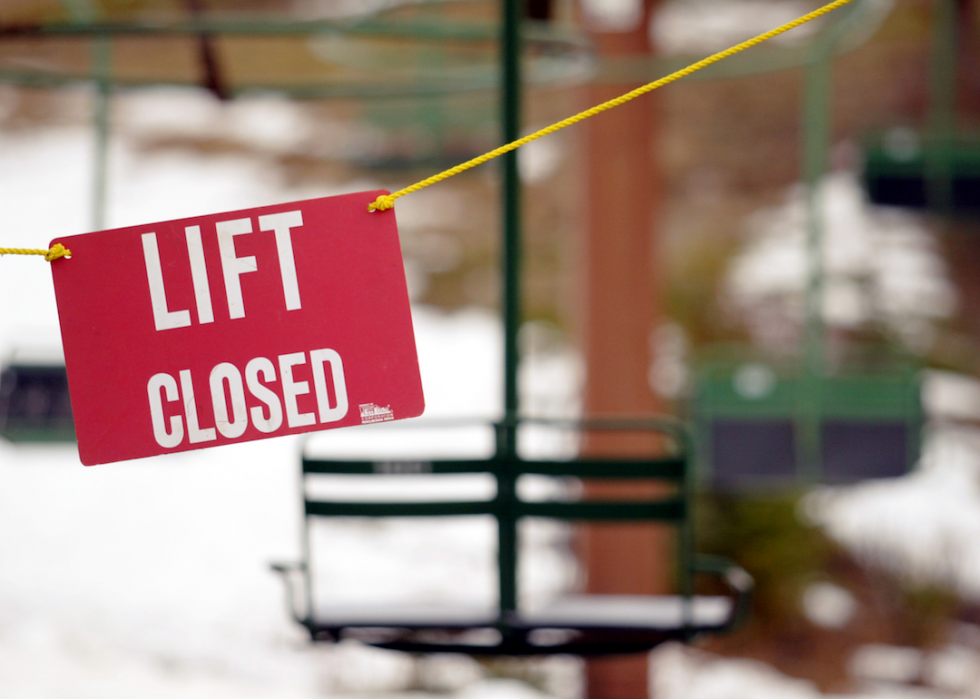
Ski seasons grow shorter
As mentioned, winters are getting warmer in general, but especially toward the beginning and end of the season. “My worry is about the edges of the season, not the middle,” says Breckenridge, Colorado, Mayor Eric Mamula. Climate change has also led to higher spring temperatures, which means earlier snow melts and earlier ends to the ski season. States with skiing in the Rocky Mountains, such as Colorado, receive nearly 25% of their ski visitors in March, meaning that earlier snow melts will have negative economic impacts.
This is already costing resorts big: As early as 2012, a study by Protect Our Winters and the National Resources Defense Council found climate change impacts were already costing the industry around $1.07 billion per year.
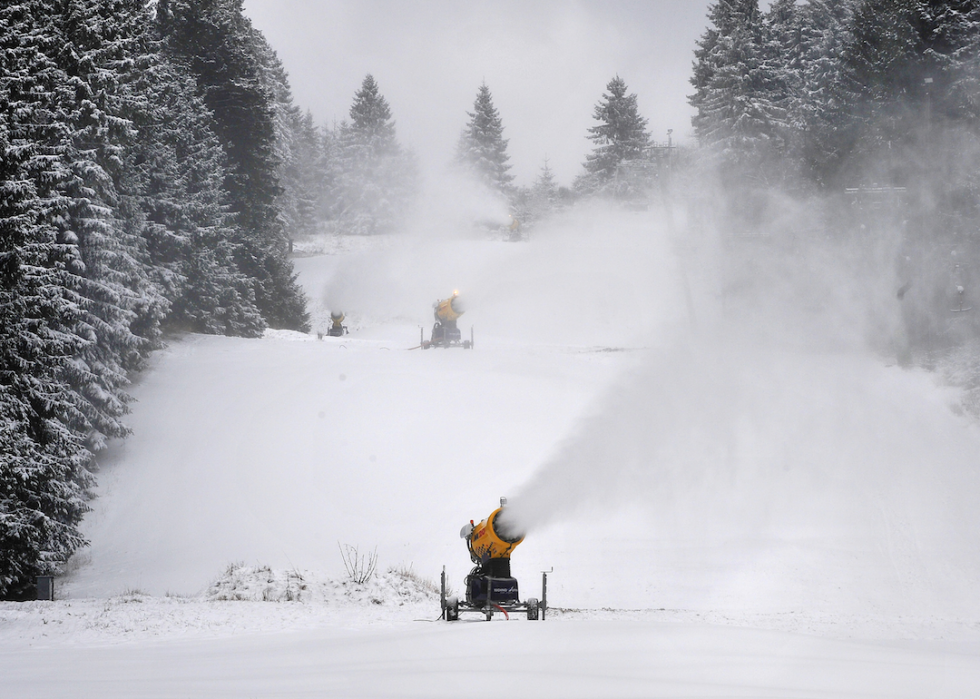
Less snow falls
Besides snow coming later and melting earlier, many winter sports destinations are also getting less snow overall. The Mountain Washington Valley in New Hampshire, for example, had its lowest snowfall year in recorded history during the winter of 2015-2016. Parts of the United States where average winter temperatures range from 23-41°F are the most likely to experience decreasing snow cover and “will be most vulnerable to snow loss in the future,” according to the report. These warmer temperatures will lead to more rainfall and less snow. For winter sports that rely on a consistent amount of snowfall, this change is already being felt.
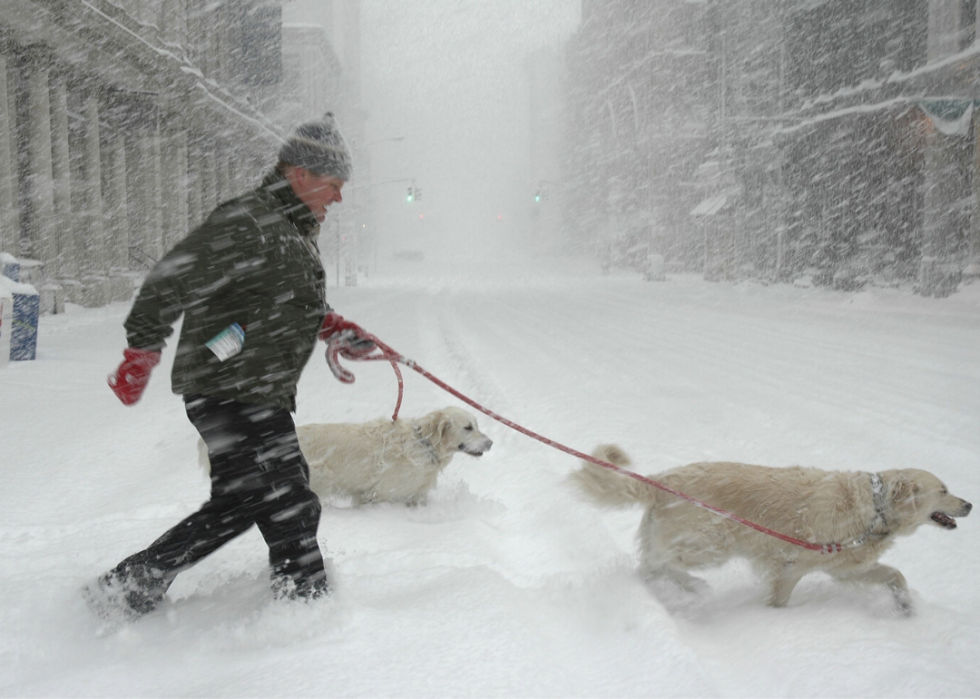
But more extreme weather events occur
As we already know, climate change is not a monolith. While the United States is projected to get less snowfall overall thanks to climate change, extreme snow events are becoming more common. When cold temperatures mix with masses of especially humid air, big snowstorms like “Snowmeggedon” that covered Washington D.C. in 2010 can occur. Because temperatures are becoming warmer overall, there will be more of this moisture-rich air for those times when cold temperatures strike, meaning that these large snow events will likely become more common due to climate change.
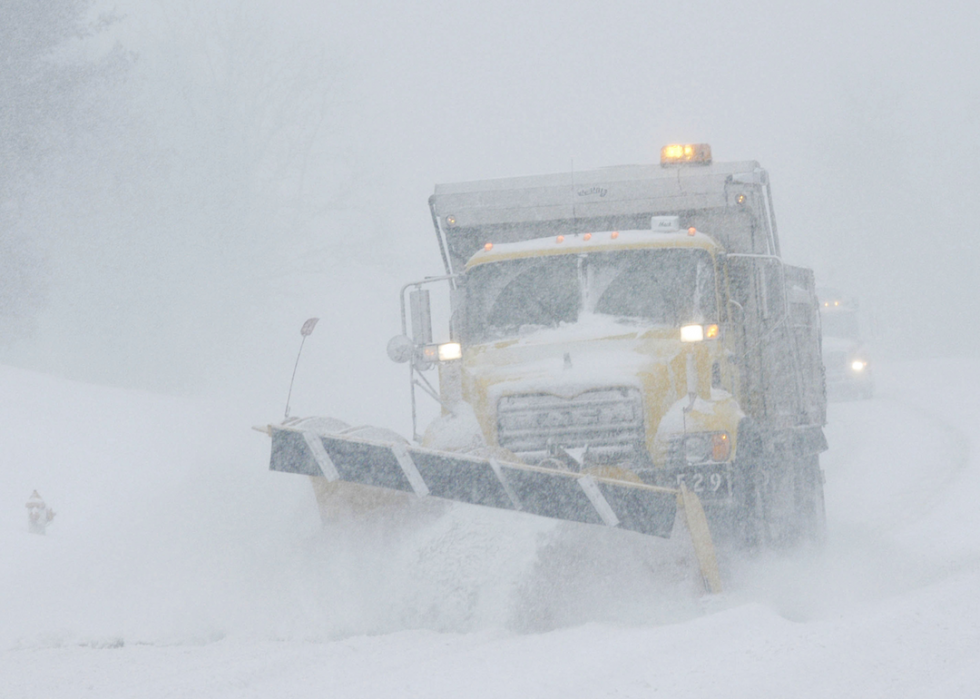
Resort areas become harder to access
After Sierra-at-Tahoe, a ski resort that does not make artificial snow, experienced an exceptionally low snow season in 2014-2015, it got hit with major snowstorms in 2016. While that might sound like a good thing, it closed roads and people lost power, making it difficult for them to come and use the resort. “It was too much snow. The power was out. The freeways were closed,” said Cheryl Paduano, a business owner in nearby Soda Springs.
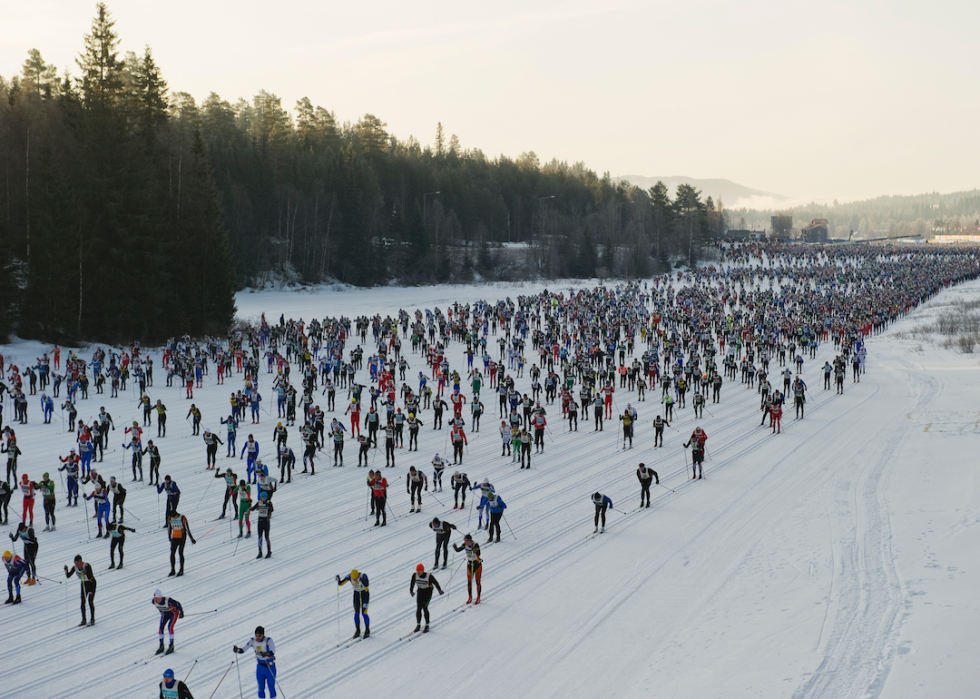
Events like 'the Birkie' get canceled
The American Birkebeiner, also known as the Birkie, is the largest cross-country ski marathon in North America. It takes place in Northwestern Wisconsin and every year, over 10,000 cross-country skiers come from all over the world for the race. Every year except 2017 that is, when the race was canceled due to "unseasonably warm weather." This was only the second time that has happened since 1973. The race brings in an estimated $25 million to the area. "If you cancel one year that's one thing," said Ben Popp, the race's executive director, "but if you start to cancel regularly and you can't be counted on year after year, that's when we start seeing patterns change from people's habits."
[Pictured: The Vasaloppet cross-country ski marathon in Mora, Sweden on March 12, 2012.]
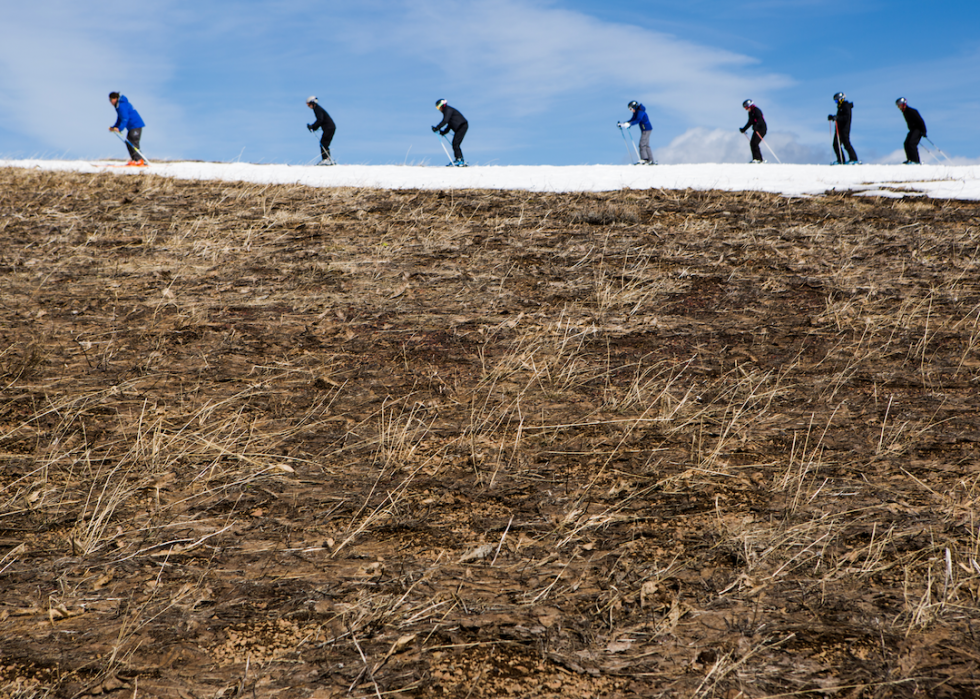
Winter tourism dollars decline
Winter tourism is big business and fewer tourists have a big impact on local economies. According to the report, just snowboarders, skiers, and snowmobilers alone add an estimated $20.3 billion to the U.S. economy each year, not just by spending at resorts but also at associated hotels, restaurants, bars, gas stations, and stores. The report also found that high snow years with increased skier participation levels added $692.9 million to the economy, whereas low snow years with decreased participation decreased value added by over $1 billion.
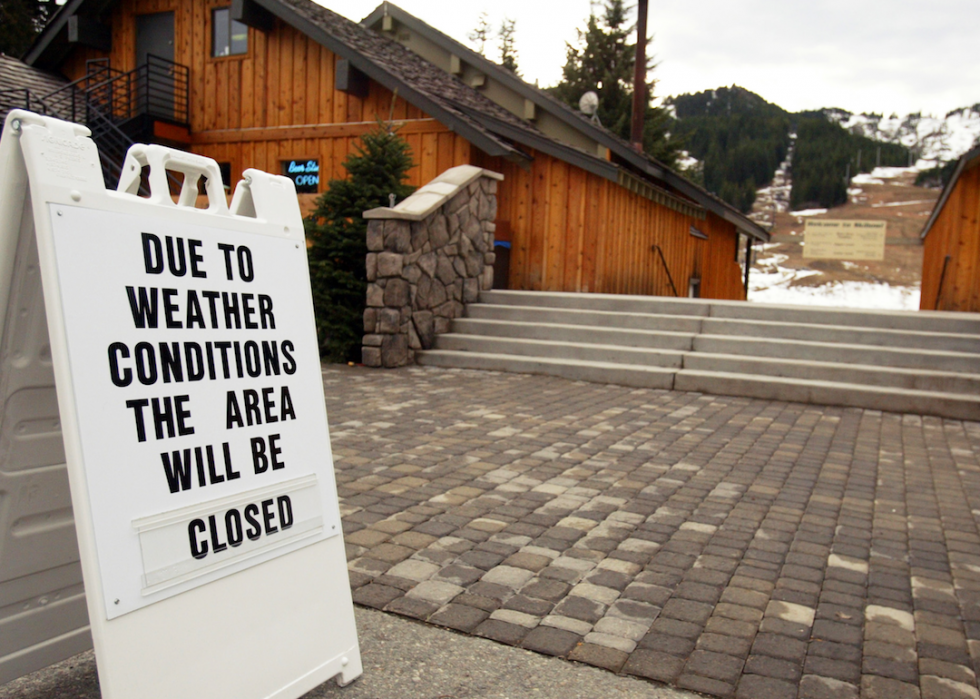
Resort economies lose jobs
With lower tourism and economic losses, job numbers suffer as well. High snow years, according to the report, added an extra 11,800 jobs compared to the 2001-2016 average, whereas low snow years cost 17,400 jobs. Skiing and snowmobiling overall support over 191,000 jobs, totaling $6.9 billion and wages. And these aren’t just jobs on the mountain; indirect winter tourism activity, such as servers in nearby restaurants or a mechanic for a resort, adds 27,000 jobs and $2.8 billion to the economy.
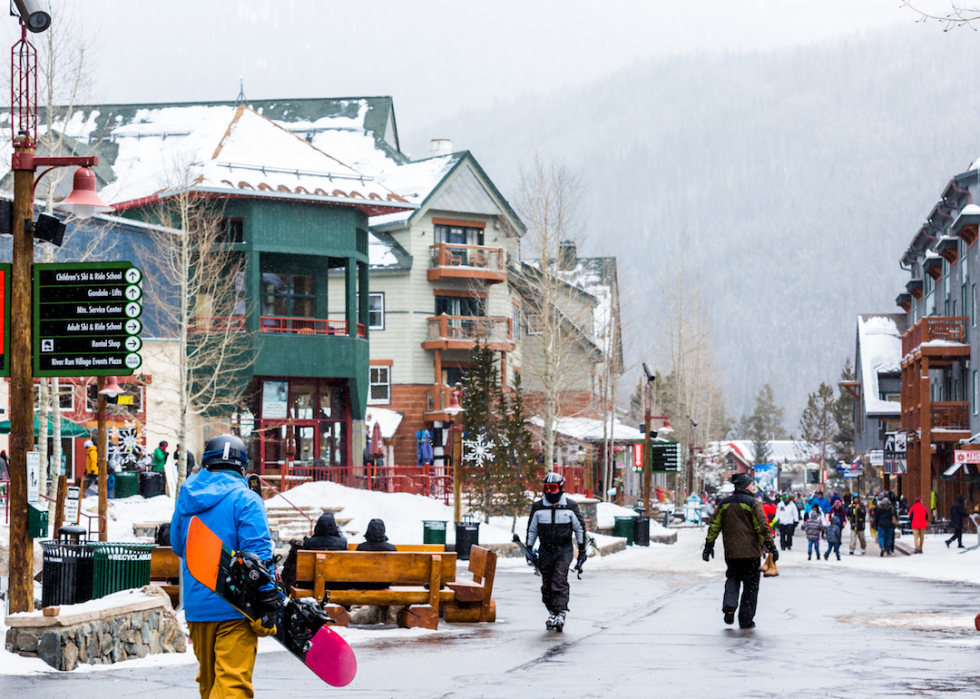
Tourists lose confidence
With reduced snowfall, less snow doesn’t just impact tourism during the year when it’s happening, but possibly in years to come as well. This is because low snowfall winters reduce tourist confidence that the following winter will have enough snow and may cause them to rethink their future recreation plans. For example, a skier may choose not to invest in a season pass because there is no guarantee there will be good snow throughout the winter.
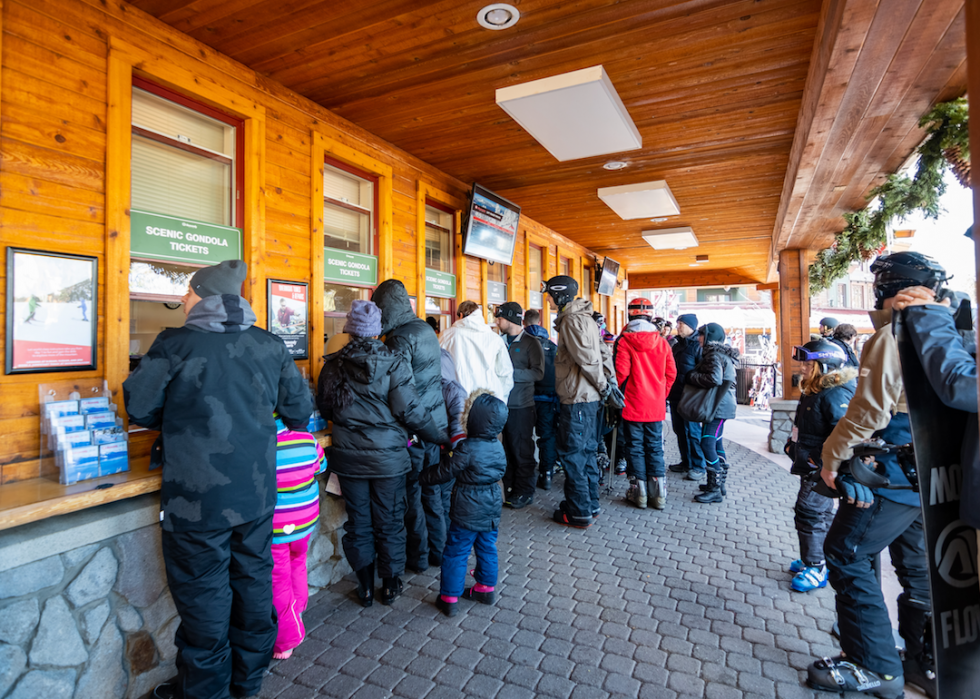
Resorts team up to offer combo passes
To combat this reduction in consumer confidence, some locations are teaming up to offer multi-resort passes. In the Mount Washington Valley in New Hampshire for example, multiple cross-country ski areas began offering season pass holders 50% off at partnering Nordic centers around the state. Different parts of the state experience different microclimates, so it may be raining in one part but snowing in another. “It gives more confidence to consumers to buy their passes,” said Breanne Torrey, executive director of the Jackson Ski Touring Foundation.
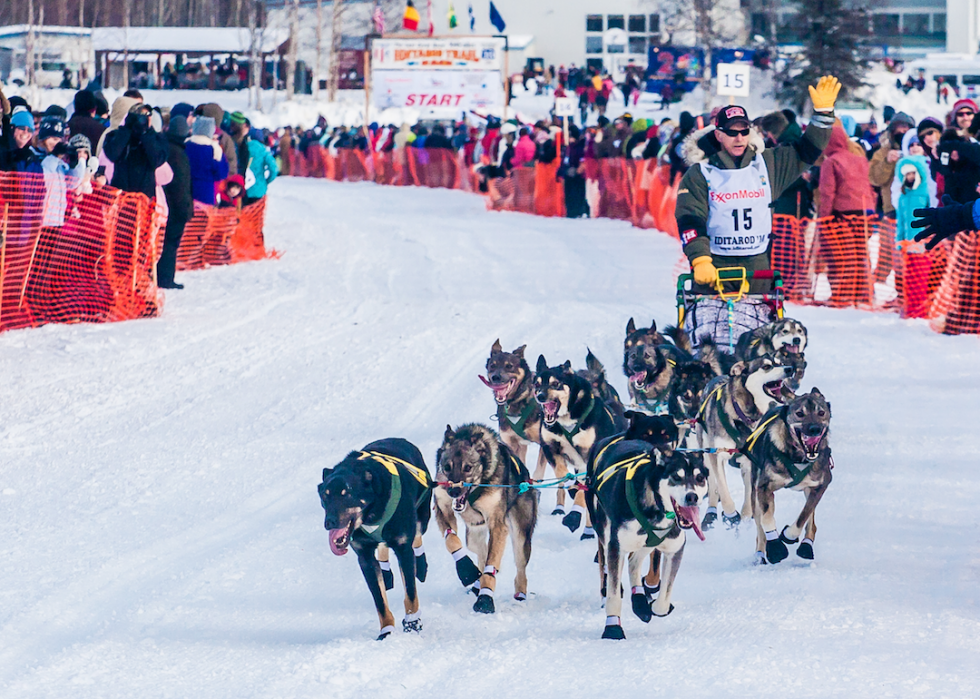
Events like the Iditarod change
The Iditarod is a famous Alaskan sled dog race that began in 1973. The most recent study on its economic contribution was in 1993, which found it contributes $16 million to the Alaskan economy, which would have been equivalent to $26 million in 2016. However, as the race has become much more popular in recent decades, today's value is probably much higher. In 2015 and 2017, lack of snow and ice forced the Iditarod to start in Fairbanks instead of Anchorage, which meant that much of the spending associated with the race was moved from southern villages to northern ones. These kinds of event changes are likely to become more common in the coming years.
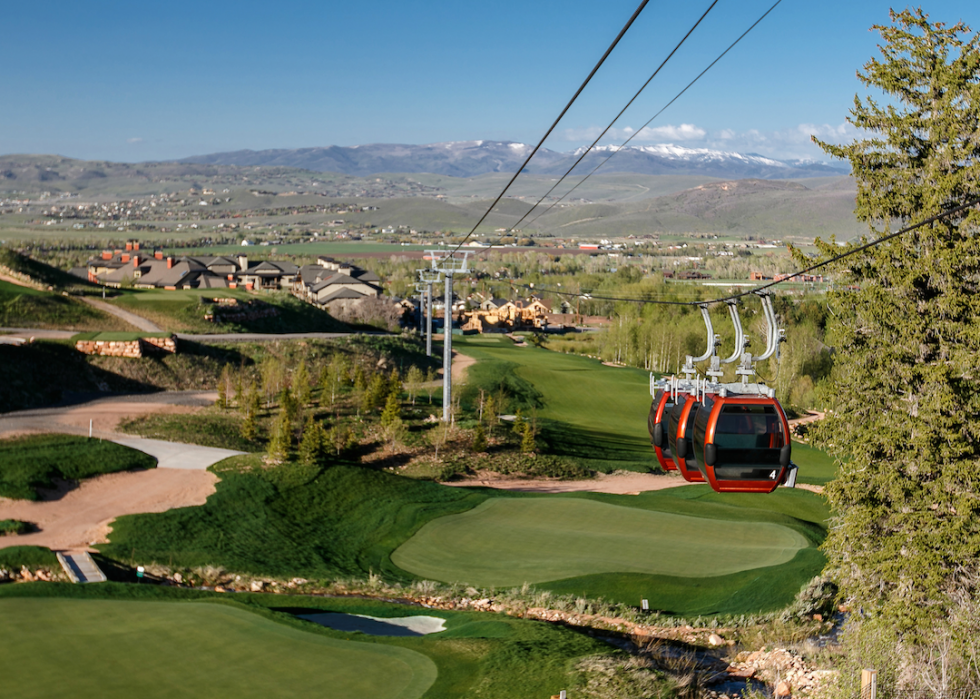
Spring sports come sooner
When the snow melts earlier and spring comes sooner, so does participation in spring sports instead of winter ones. In Colorado, for example, Breckenridge Mayor Eric Mamula says that people bike and golf sooner in the season which, while good for revenue relating to spring sports, leads them to forget that there is still skiing available in the mountains.
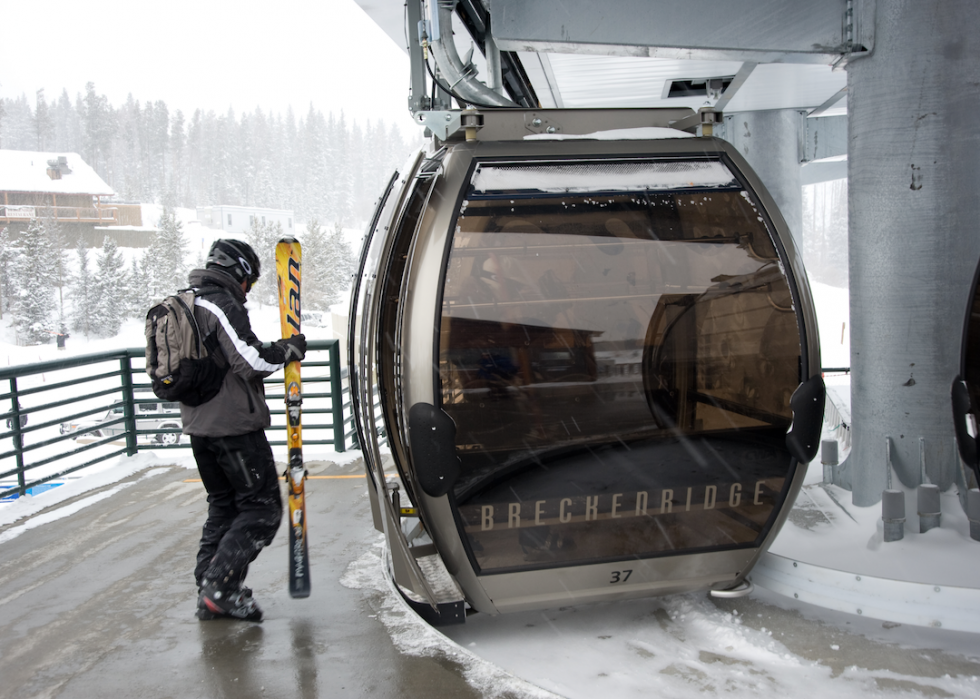
Tourists may enjoy winter sports less
Enjoyment is hard to quantify, but “consumer surplus” is a research term used to represent one’s experience in economic terms. Essentially, the consumer surplus is the amount more one would have paid for the experience they had. So if they paid $50 but enjoyed it so much that they would have paid $150, then the consumer surplus is $100. According to this report, warmer winters could reduce consumer surplus both by reducing the number of ski days per year and by reducing skier enjoyment.
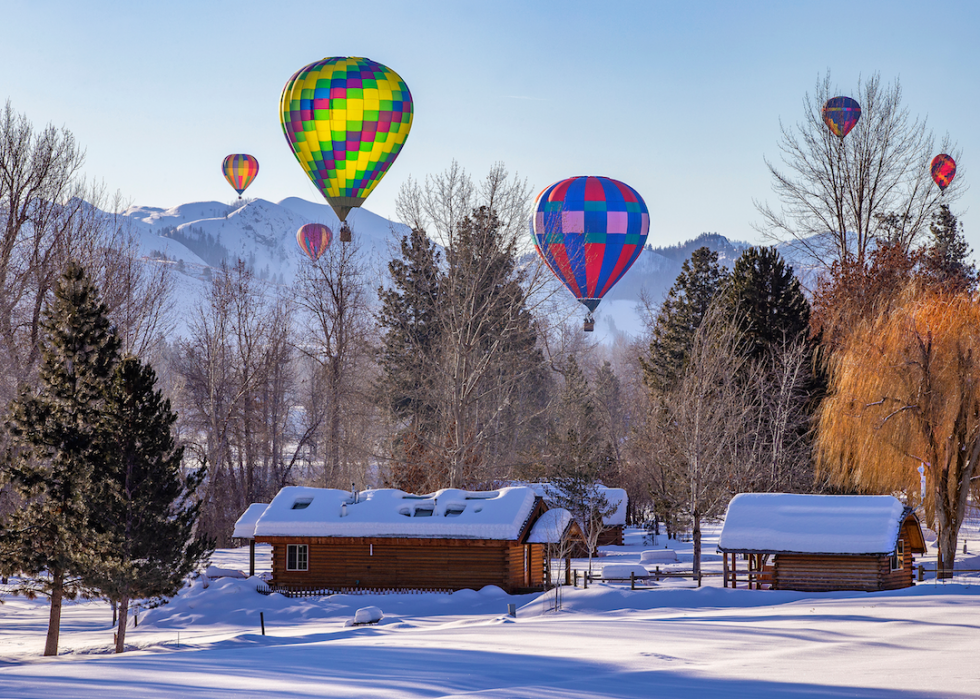
Winter tourism destinations get creative
As some ski towns struggle with the economic losses that come from reduced snowfall, they are looking to other avenues for income. For example, Soda Springs, California experienced economic problems after five years of drought. So they drew tourists to other attractions, such as the nearby Donner Pass region, where the infamous Donner Family met their end. The Donner Pass Business Collective created a plan to draw in tourists to learn more about the historic pass and used financial help from ski resorts to install historic placards and a monument.

Ski resorts try weather-proofing their business
Even Colorado’s Arapahoe Basin resort, one of North America’s highest with a base elevation of 10,780 feet, isn’t insulated from the impacts of climate change. In 2011-2012, they had an especially low snowfall season, with only 196 inches recorded. It forced them to close a month early. To withstand that kind of snowfall in the future, the resort has invested in weatherproofing its business model by adding a Kids Center, remodeling its restaurant and retail shop, and adding summer events.
[Pictured: Indoor water parks are one of the additional amenities offered by some resorts.]

More activism comes to winter sports
Arapahoe Basin's management also invested in sustainability, and they're not alone. In 2011, they joined the National Ski Area Association's (NSAA) Climate Challenge, received a Sustainable Slopes grant and completely retrofitted the lighting across the entire ski area. They also improved their snowmaking system. The town of Breckenridge, Colorado has put $4 million into its transit system to reduce carbon dioxide emissions from personal vehicles and is a part of the High Country Conservation Center. And across the country, over 75% of ski resorts have launched programs to improve their sustainability.



